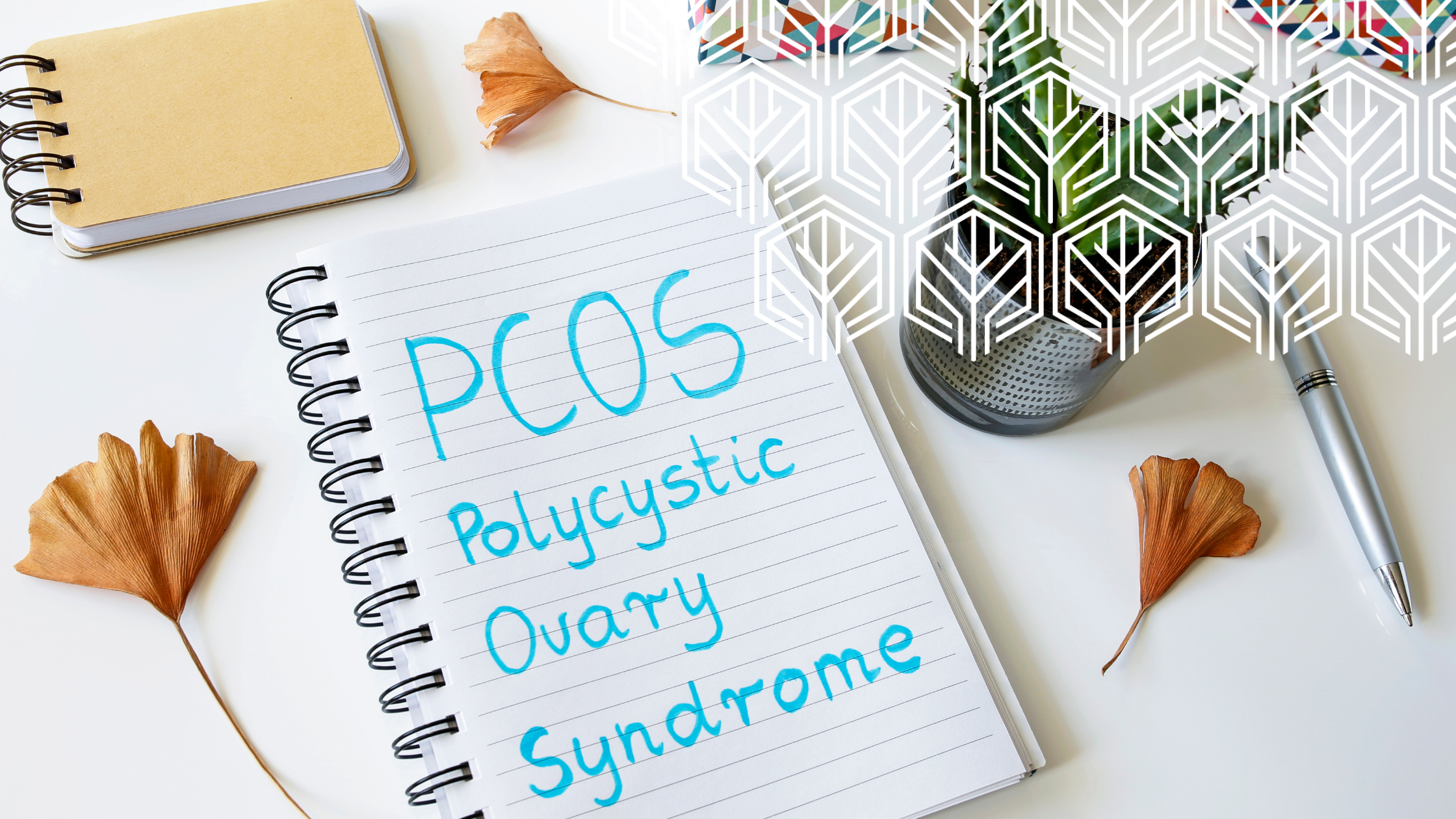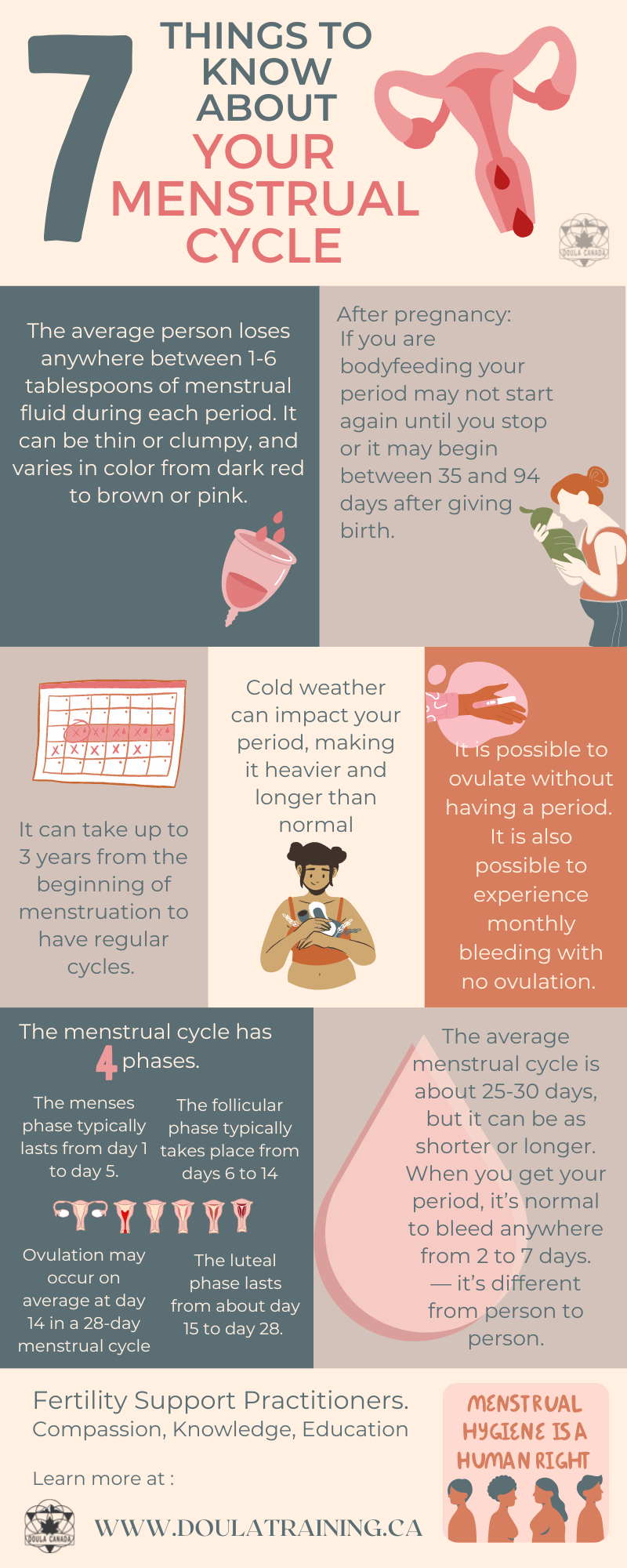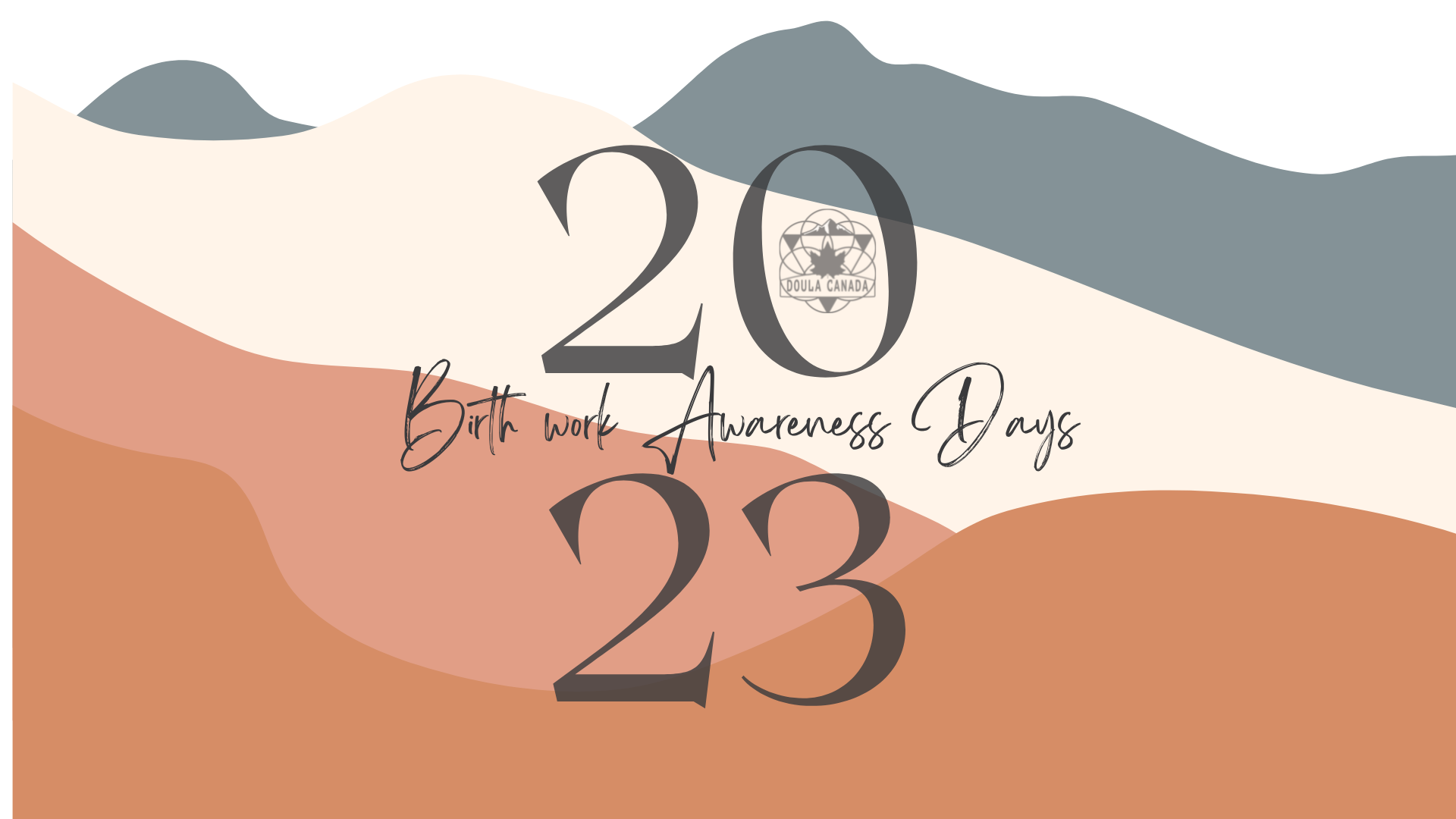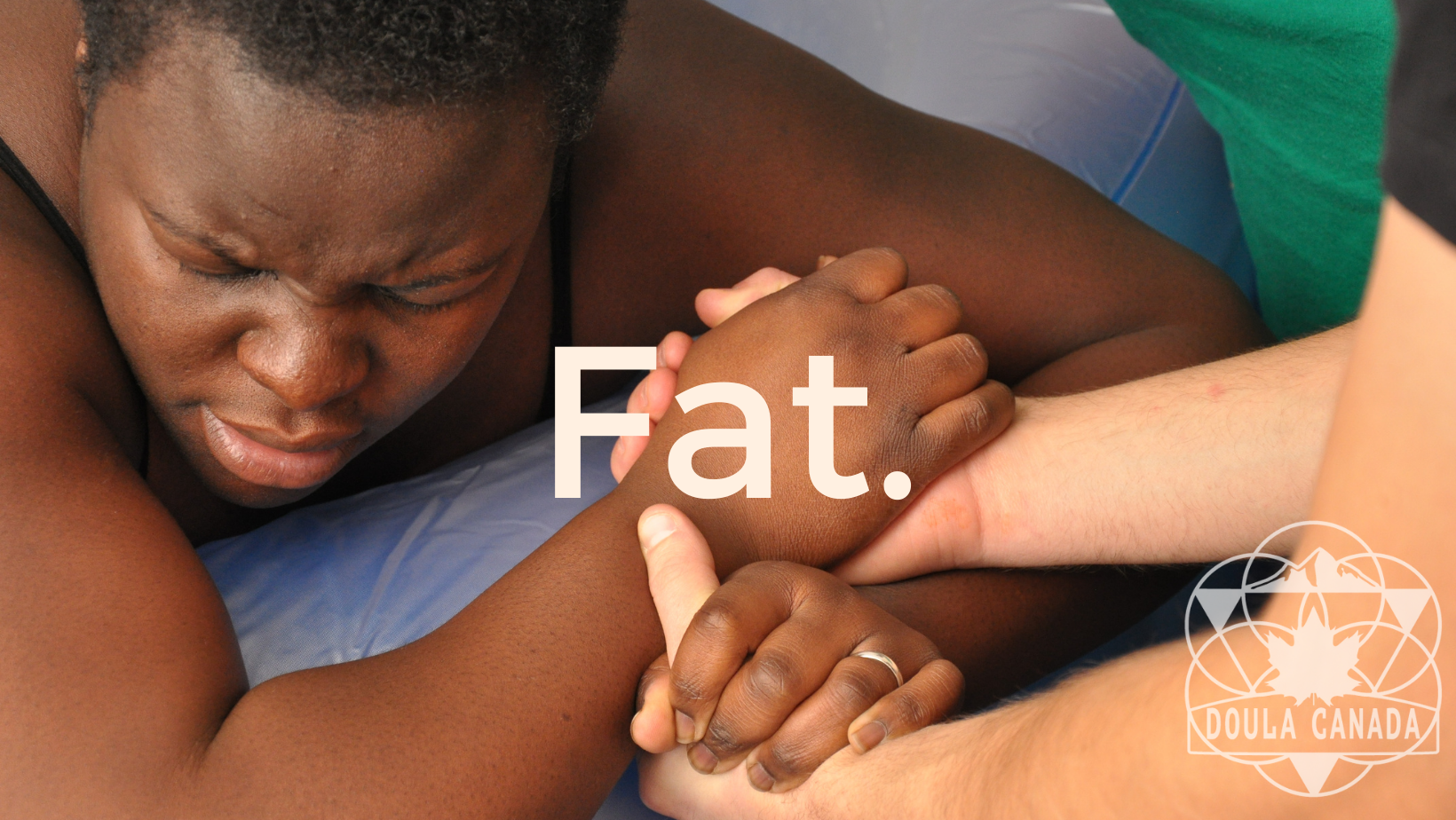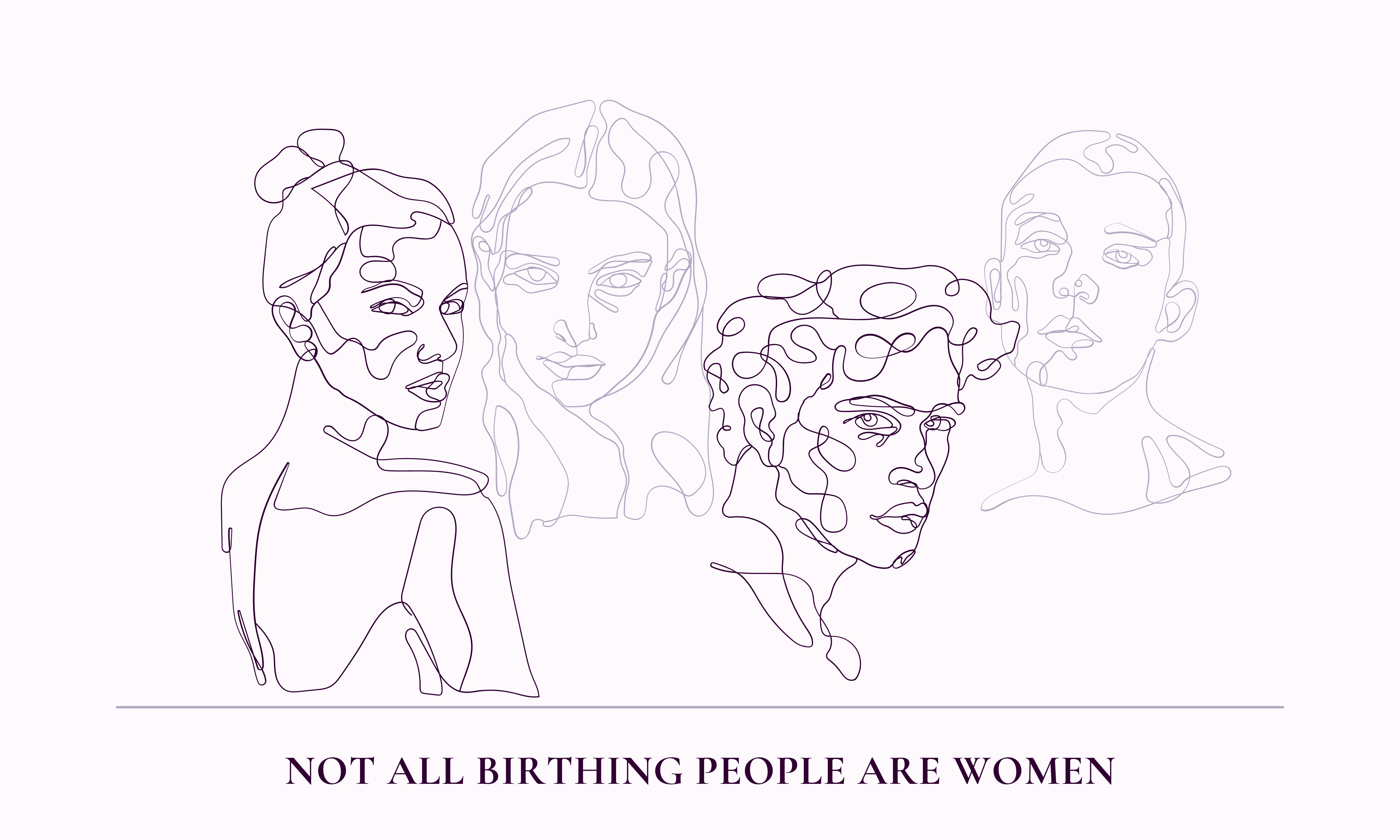[vc_row][vc_column][vc_column_text css=”.vc_custom_1730317707973{margin-bottom: 0px !important;}”]
Light in the Darkness: Interview with Layla Micheals, an Infant Loss Parent
At Doula School, one of our leading continuing education courses is our Infant and Pregnancy Loss Support certification program, which is such an important skill in our birth worker toolkit. Our gradates go on to support families who have experienced infant and pregnancy loss. It’s important to destigmatize speaking about infant and pregnancy loss because 25% of people experience loss at some point in their fertility journeys. We never want anyone suffering in silence.
Jessica Palmquist, our very own senior instructor and program coordinator for the infant and pregnancy loss programs experienced a unique journey to parenthood made possible through In Vitro Fertilization (IVF), which ultimately ignited her  burning passion for fertility awareness and birthwork. Through her IVF journey after losing multiple embryos, she understands the importance of talking about loss and fertility struggles. With October being Pregnancy and Infant Loss Awareness month, Jessica Palmquist interviewed her best friend Layla Michaels, founder of Big Hearts Little Stars and she shares about the loss of her son Ryker and how she found light during her darkest time.
burning passion for fertility awareness and birthwork. Through her IVF journey after losing multiple embryos, she understands the importance of talking about loss and fertility struggles. With October being Pregnancy and Infant Loss Awareness month, Jessica Palmquist interviewed her best friend Layla Michaels, founder of Big Hearts Little Stars and she shares about the loss of her son Ryker and how she found light during her darkest time.
Jessica and Layla’s friendship began in the early 2000’s when they worked together at a Lululemon pop up store in Moncton, New Brunswick. Nearly decades later, after both women went through Assisted Reproductive Technologies they joyfully were pregnant together, both expecting baby boys who would one day grow up together and be best of friends. Jessica delivered in October 2019 and Layla’s estimated due date was Easter 2020. Layla’s water broke unexpectedly at 25 weeks gestation and she was hospitalized. Layla was in constant contact updating Jessica daily. Two weeks later, Layla delivered her son Ryker who lived a life too short and he died in her loving arms. When Jessica received the news of Ryker’s passing she held her newborn son Hudson tighter than she ever had and sobbed uncontrollably. Her heart had broken that day along with her best friend’s. Layla and her partner Adam had big plans for their son and had already built a life for him. Jessica and Layla had dreams of what their boys’ future would look like. This is another side of loss that often goes unspoken – the loss of the future and the loss of a family’s hopes and dreams. Loss is more than the loss of a life, it is the loss of a life and so much more. Jessica regularly asks about Ryker and Layla gingerly shares pictures from Ryker’s short stay in the hospital and the mementos in their home. Whenever Jessica and her family have the opportunity they honour Ryker on his birthday, holidays, and whenever she writes a letter to the family he is included. Jessica has been Layla’s biggest cheerleader as she has been trying to conceive after her loss. After four long years, Layla is pregnant and Jessica is excited to meet Ryker’s baby sister.
Get to know Layla, as she shares her loss story:
Would you like to share your story of infant loss?
We became pregnant with our son, Ryker, after two years of infertility and seeking out the help of a fertility doctor. The pregnancy was perfect, I wasn’t sick, and had that pregnancy glow and blissful ignorance thinking nothing would go wrong. Until it did.
At 25 weeks my water suddenly broke and I was hospitalized. Then at 27 weeks our son Ryker was born via emergency C-section. He was 2lbs 7oz and a fighter! It was touch and go in those first few days, but then he turned a corner and we thought everything would be ok. Then overnight, he developed a brain bleed that wasn’t something that could be treated or survived. We spent the remainder of that day with him, surrounded by our families, as we said goodbye so soon after we had just said hello. It was heartbreaking. But also during that time we created beautiful memories with him and said everything we needed to say. He died in my arms after about an hour and half from being taken off life support.
What was your experience with our healthcare system?
There is a big gap in experience across the country when your baby dies. But one universal area that I found is that there is not much direction or support for what to expect when you leave the hospital without your child. Your milk still comes in, you are still in active postpartum recovery, but it all feels very foreign and different when the baby you grew is no longer with you. The only check-up is the standard 6 week check-up, which felt years away. You are trying to heal and trying to process immense grief at the same time and it is truly too much to handle.
What did you find the most helpful in your journey?
I found the pro-activeness of friends and family to be what was needed. You often hear people say “if you need anything, let me know” or “call me” but when you are in the depths of grief, there is an inability to understand what you need, or have the courage or mental capacity to ask for the help. People would show up at our door with food, or to check on us, or the messages that came in reading “you don’t have to respond, but we are thinking of you and how you’re doing”. Those messages made me feel open to talking and I would respond every time. Asking me about Ryker and using his name helped as well. My advice to people: “do not ignore what has happened, it may be uncomfortable for you, but it is far worse for the family who has lost their child and are surrounded by people who do not acknowledge the space they are living in”.
You’ve been supporting the pregnancy and infant loss community for many years now. What was your motivation to start Big Hearts Little Stars, an organization that supports families who have experienced the loss of a child?
My motivation for Big Hearts Little Stars was to fill the gap that exists when parents experienced the loss of a pregnancy or child. It initially began with donating books on Ryker’s first birthday, 10 books of stories written by Mothers to Mothers, and 10 of Fathers to Fathers.
It organically grew from there into what we now refer to as our Comfort Boxes. We supply both our local hospitals with large and small comfort boxes that include items to assist families through the grief process after their child dies. Items include a teddy bear, baby blanket, memorial candle, books for parents and young siblings, a booklet of resources (local and other) and some other meaningful items.
We also offer a private support group on Facebook so that grieving parents have a safe space to speak and ask questions with others who have been on a similar path.
What services does Big Hearts Little Stars offer?
Directly we only have our support group, but we do have connections to a lot of community resources and access to contacts across the province. We will do whatever we can to assist families who reach out.
I have also gone to coffee with a few people, as sometimes it is helpful to have an in-person heart to heart when dealing with such an emotional and difficult time.
How did you find light in your dark time?
When you lose a child, there is no hope for their future. You can’t hope they’ll get better or magically return home. The reality is, they are no longer here and nothing changes that. The hope or light I found was in sharing our story and the story of Ryker’s life. In sharing our story, I have been told that it allowed other people to find the courage and strength to speak about a loss they had suffered and had never talked about. In being open and honest about the experience it has allowed other people to feel less alone in theirs. That is the hope that I hold onto, the hope that if we are able to help one person feel less alone in their loss, that we can all carry the memories of our children who walk ahead.
What advice can you offer parents who have experienced infant and pregnancy loss?
Take your time, and give your grief the time it needs. This can mean many things. There is no rush to feel better, and no linear way that you will move through your grief. There is no moving on, but you will learn to put one foot in front of the other, and as you do you will always bring their memory with you. The grief will stay with you forever, but it will not always feel as raw as it does in the beginning. You will grow around it, and it will grow around you. I would encourage you to share your thoughts and feelings if it feels right to you, but if not, that is also ok as well. No two people navigate this the same way (including you and your partner).
Are there any resources or recommendations that you would share with parents who have experienced an infant or pregnancy loss?
There are a number or very good organizations within Canada, the US, and abroad that offer support. Here are just a few:
Pregnancy and Infant Loss Support Centre (Calgary) www.pilsc.org
PAIL Network Sunnybrook (Toronto) www.pailnetwork.sunnybrook.ca
Return to Zero (RTZ) Hope – US based www.rtzhope.org
Saying Goodbye – UK Based www.sayinggoodbye.org
There are also many groups that are geared towards specific issues that may have effected the loss of a pregnancy or child. Stillbirth, Preterm Premature Rupture of Membranes, Termination for Medical Reasons, and each of these (and more) have their own support sites as well.
What about the parents who want to try again after the death of their baby. What challenges might they face when trying again? Do you have any suggestions that might support them on their journey?
I don’t think there is ever a right time to try again, if that is something that you wish to do. I strongly believe in therapy as it will help you navigate the decision and also the emotions that will come up during the trying process, whether that includes fertility treatments or you are able to conceive naturally. Once pregnant again, there will be obvious and not so obvious things that may trigger you along the way, based on your history with a previous loss.
There is a really good app and website for Pregnancy after loss (pregnancyafterlosssupport.org) that I have personally found helpful while navigating this pregnancy. In addition, there is a great book called Pregnancy After Loss by Zoe Clarke Cotes that has day by day reading and journaling which helps families navigate their pregnancy after loss.
Is there anything else you’d like to share?
Take care of yourself during this difficult time. Set boundaries where needed, and know that your feelings are valid and you are not alone. When you are ready there is a whole community out there that will help you navigate the days, months and years ahead, and honour you and your baby.
About the Author
Layla Michaels (she/her), is a passionate advocate for fertility and infant loss awareness. She is the founder of Big Hearts Little Stars, a nonprofit based in Moncton NB, serving families who have experienced the death of a child through pregnancy to infant loss. Her nonprofit was founded in 2021 after the death of her first son, Ryker in the NICU in 2020. The mission of Big Hearts Little Stars is to bridge the gap felt by parents in caring for their grief after loss, and knowing they are not alone. Families are provided a comfort box from their local hospital with items and resources to assist them in navigating their grief, as well as an online support group. Layla has also volunteered with Fertility Matters on their East Coast Miracles committee, who worked to raise awareness, conversation and political pressure surrounding fertility benefits and access in the Atlantic Provinces. Her personal fertility journey has taken her through multiple procedures in Canada, overseas, and then finally having to seek treatment out of province. It is Layla’s hope that access to fertility care becomes more accessible for all persons wishing to grow their families, alongside compassionate care for families experiencing loss as well.
Connect with Layla:
IG @laylabun IG @bigheartslittlestars Tictok @mamagotguts
Interviewer- Jessica Palmquist (she/her), Doula School’s fertility & loss support program coordinator and senior instructor works with a diverse population and believes education, reproductive health, and wellness services should be accessible and customizable. In addition to Jessica’s training as a certified Fertility, Birth, & Postpartum Doula & Infant and Pregnancy Loss Support Specialist, she is a certified yoga teacher and has worked in the public and post secondary section sector for nearly 20 years. Her own unique journey to parenthood made possible through IVF paired with a passion for teaching, learning, and helping others led Jessica to birth work.
[/vc_column_text][/vc_column][/vc_row]

